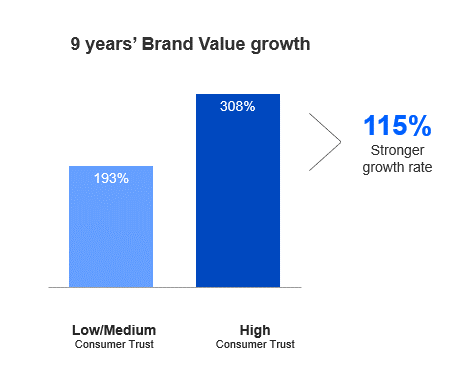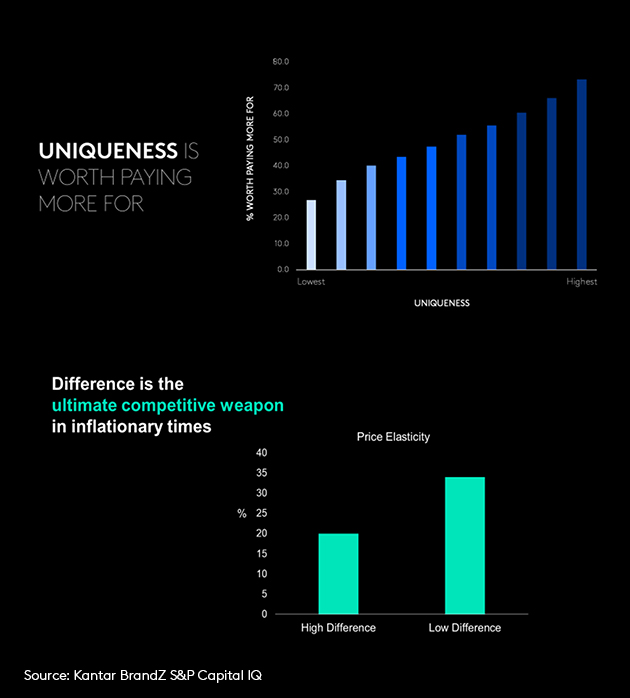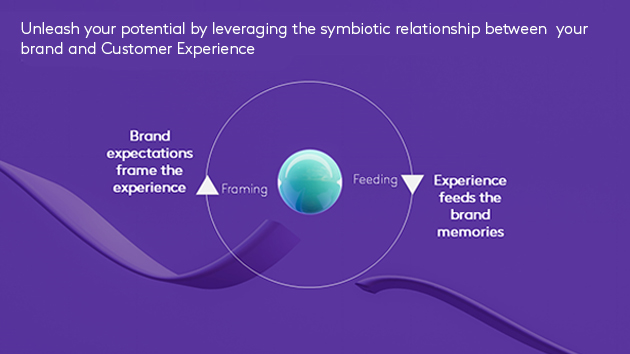2022 was unpredictable, challenging and at times downright scary. From Russia’s invasion of Ukraine and the continued spread of COVID-19, through to record-breaking environmental crises, soaring inflation around the world, and a deeply entrenched cost-of-living crisis here in the UK, the year was tough to weather and even tougher to call.
These geopolitical, environmental and economic forces made 2022 a challenging year for consumers and companies to prepare for and respond to. How would people react? What short-term changes would be needed to meet evolving expectations and budgets? What would the longer-term impact of any new decisions be? What might happen next?
So, when 2023 came around with its exciting flurry of predictions for the year ahead, there was perhaps something even more comforting than usual about it. A sense, perhaps, of being able to find order in the chaos after all. A hope that this ‘new normal’ might, finally, be bedding in.
As we move into the second quarter of the year, we’ve been keeping track of which customer experience predictions are ringing most true. Here are four of them:
1. The sweet spot between digital innovation and the human touch is king
There is real concern for the risk artificial intelligence (AI) poses for job security. If the first public iteration of AI chat-bot ChatGPT can accurately and usefully interpret, respond to and refine text and code (let alone research, ideate and protype), what does this mean for the future of customer service roles?
At the same time, AI’s biggest fans get excited about the time-saving potential it affords. Less time on manual, repetitive tasks means more time for creativity – for pushing boundaries and charting new, brave territory.
The sweet spot (perhaps somewhat inevitably) seems to be in the middle of the Venn diagram. Without a doubt, digital innovation is transforming the role of the customer service advisor. But the outlook doesn’t need to be gloomy for CX. Text analytics, intelligent contact routing, personalisation based on algorithms – these are all freeing up employees to solve complex tasks, focus on continuous improvement, and concentrate on driving even better overall customer experiences and outcomes.
2. Earning the trust of customers has never been more important
In this always-on world, data analytics strategies generate real-time insights, enabling broader and deeper connections with customers than ever before. While such profound customer understanding ultimately drives richer and more meaningful end-to-end customer experiences, savvy customers have never had such high expectations of brands. They know the value of their data, and they expect something good in return.
For brands, a key part of the value-exchange is about building trust – consistently meeting the expectations set up by their brand promise. And importantly, Kantar data shows there is a commercial benefit to being well trusted.
For nine years, Kantar BrandZ has been tracking the top 100 global brands. After dividing these brands into three groups based on their global average Trust Index, we found that the brands with a high (110+) Trust Index grew 115% more than the brands with a medium (100-109) or low (99 or less) Trust Index. High consumer trust is a lynchpin of the most successful brands.

It’s why it’s so important to measure your CX performance as you transform your business. Continuously tracking the evolving relationship between you and your customers allows you to make sure you’re enriching your customers’ lives in the way they expect, and course correcting when they tell you you’re not.
3. Difference makes the difference
But a standout customer experience isn’t just about a brand’s dependability. More than meeting expectations and building trust, brands need to offer meaningfully different experiences to win in a crowded marketplace. It’s about going beyond the emotive and functional (meaningful) needs of customers and layering on a signature (different) vibe that sets the brand clearly apart from its competitors.
In inflationary times, difference is the ultimate competitive weapon, and Kantar data shows not only does difference allow brands to command a price premium, it makes them less substitutable too.

Our work with the University of Oxford’s Saïd Business School also shows that difference is the number one predictor of exceptional stock returns.
Strong brands are built on all the positive experiences customers have with them. The brand promise influences a consumer’s choice for a brand and the experience feeds the perceptions of the brand. When the brand builds on the experience, adding even more value to the customer’s life, it becomes a virtuous circle. If the experience is different too?
Well, then the future is bright.

4. Focus on the seamlessness of the end-to-end customer experience
The average customer’s path to purchase involves multiple interactions across multiple touchpoints. A brand’s website, the store experience, brand advertising, online reviews, word of mouth – these all contribute to a customer’s overall experience of a brand and propensity to buy. In fact, while paid media typically delivers 25% of all touchpoint impact for brand building, up to 75% of impact can come from experiential touchpoints, like product use or service experience.
So even before Covid struck, companies were well aware of the growing importance of bridging the online to offline experience gap. Geo-located ads started appearing on social media, enticing customers into their local store with the promise of an appealing discount. Emails from big and small brands became more localised and relevant as customer shopping data was used to tailor content and imagery.
Then Covid hit, and the hybrid experience took off. Theatres kept going by broadcasting live performances to people watching in bed, on their laptops. Retailers like Curry’s and M&S started offering video calls so customers could buy with confidence from the comfort of their homes.
But just as the pandemic accelerated the pendulum swing from offline to online spending, so too has it crystallised the need for brands to zoom out and consider the end-to-end customer journey, not just a single experience in isolation. Joining the online to offline dots as seamlessly as possible is more critical than ever.
In summary: How to win in CX
- Make digital innovation work for you. Don’t get left behind, embrace the efficiencies it affords, and free up your people to drive even better customer outcomes.
- Deliver reliably for customers. Earn and keep your customers’ trust by fulfilling your brand promise at every opportunity.
- Strategise and design to win. Translate your unique brand vision into a set of experiences that help you win the moments that matter most.
- Optimise your CX across all touchpoints. Consider experiences holistically, invest in your brand where it matters most, and listen to and act on customer feedback, always.
Get in touch to find out how we can help you transform your customer experience and power your growth.




